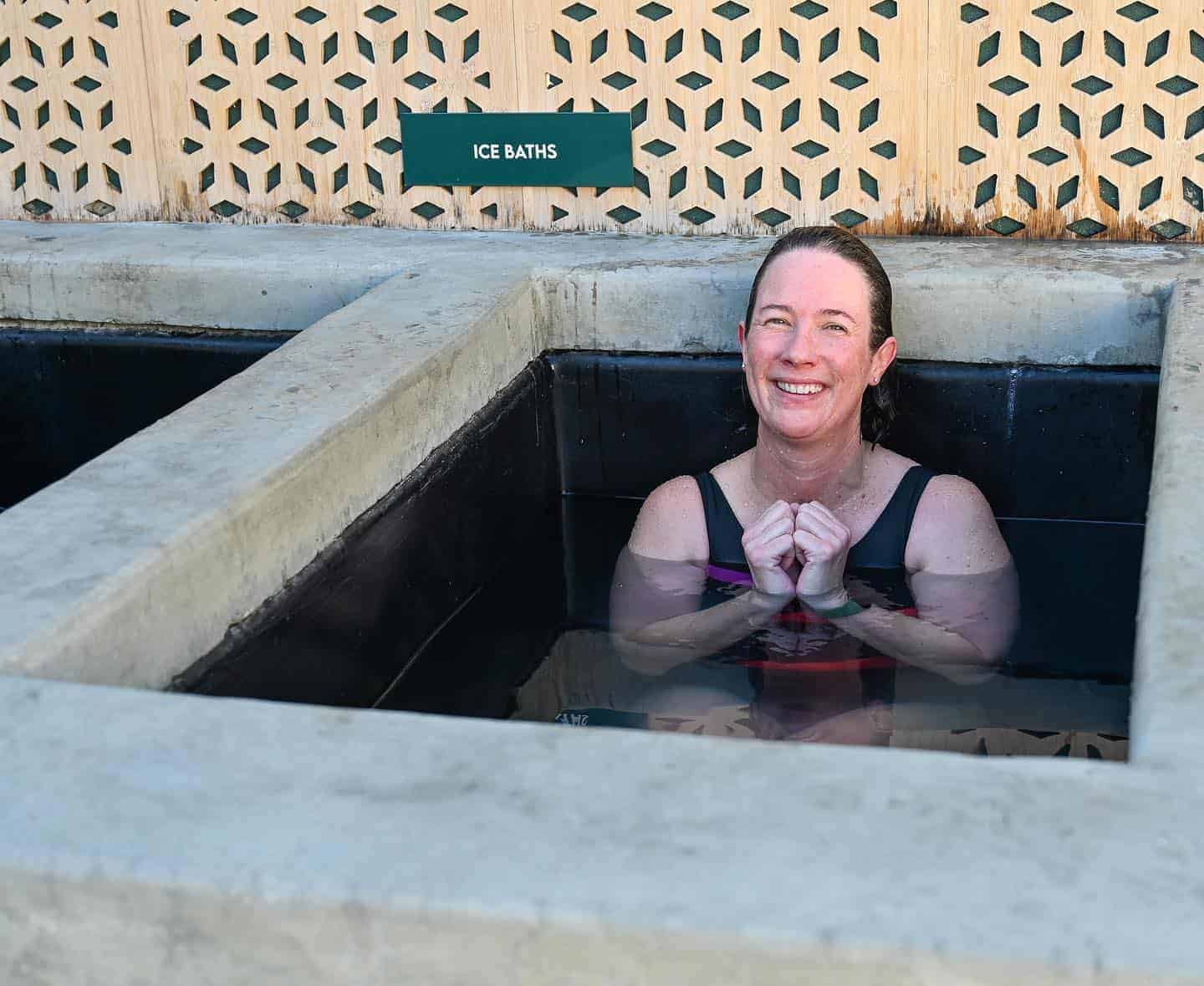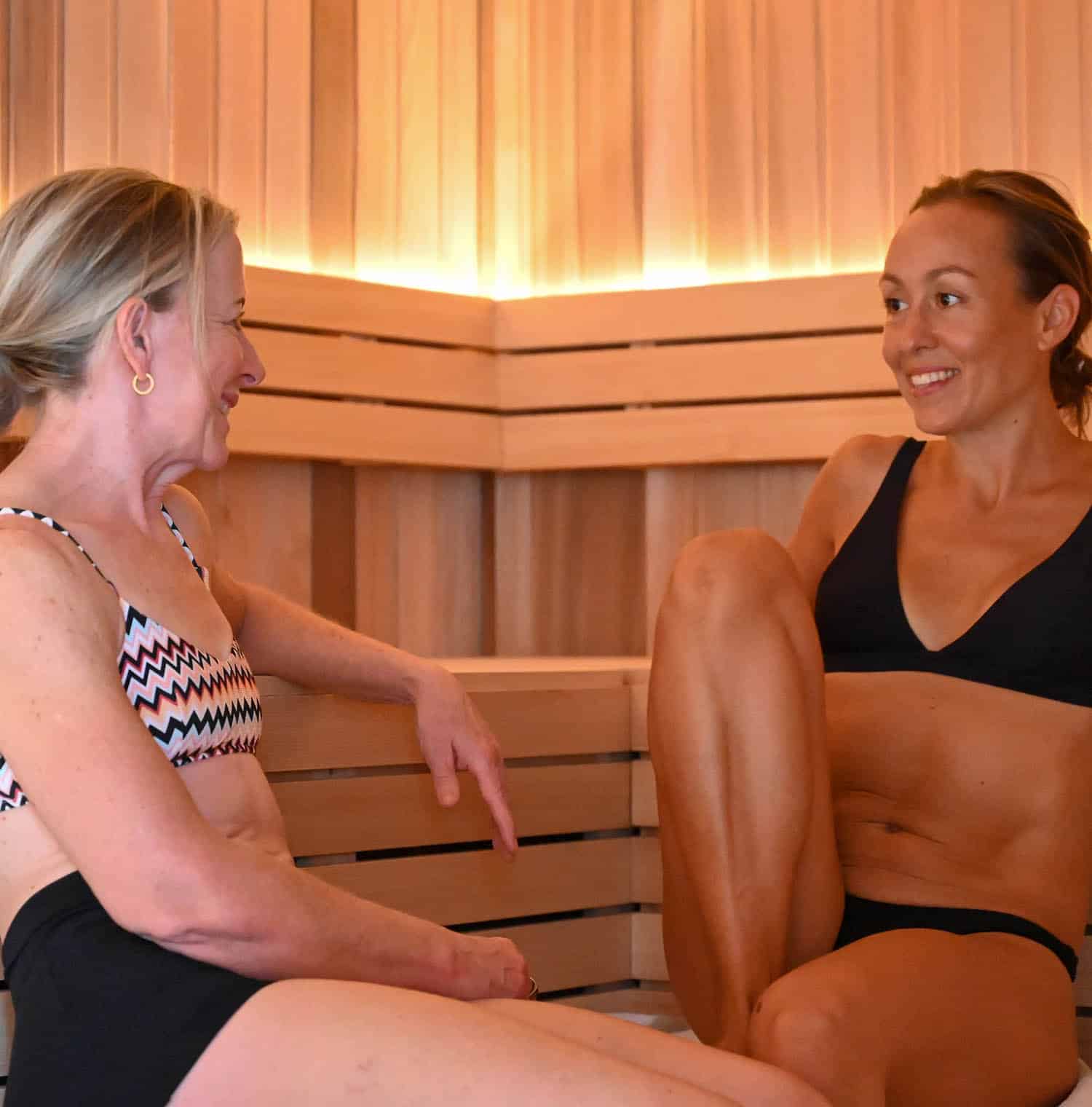In the realm of wellness and recovery practices, cold plunge therapy has emerged as a fascinating topic. Despite being an age-old practice used by athletes and wellness enthusiasts alike, its scientific underpinnings and potential benefits continue to pique the curiosity of researchers and practitioners today.
In this article, we dive into the icy depths of cold exposure, exploring its different forms, possible benefits, and the latest research that sheds light on this invigorating practice. Whether you’re a seasoned practitioner or new to the idea, we invite you to explore the revitalising world of cold water exposure and how it may contribute to faster recovery.
At Vikasati, we value both ancient wisdom and modern health practices. You can take advantage of cold plunge therapy with our magnesium plunge pools and ice baths in Brisbane. Revolutionise your wellness journey today.
What is Cold Water Therapy?
Cold water therapy, sometimes referred to as cold water immersion, is a form of cryotherapy. It is a health-promoting practice that involves immersing yourself in cold water, usually around 5-14°C, for various potential benefits. This might seem an unusual or daunting idea at first, but there’s a scientific underpinning to the practice.
Cold plunge therapy can be administered in a variety of ways. Here are some of the most common types:
1. Cold showers
A cold shower is the most accessible form of cold water therapy. This method simply involves taking a shower with the tap turned all the way cold. Some people start with a warm shower and then switch to cold water for the last few minutes. This can be a more comfortable way to adapt to the practice, especially for beginners.
2. Ice baths
An ice bath involves immersing oneself in cold water that’s been chilled with ice, often to a temperature between 4-6°C. Ice baths are a popular method among athletes for post-exercise recovery. Usually, they sit in the bath for 1-5 minutes to experience the cold exposure and promote faster recovery.
3. Cold water plunge
Temperatures usually sit at 10-14 degrees. Your body can move a lot more freely than sitting in an ice bath with the plunge pool having a slightly higher water temperature. This allows for someone who is not experienced to explore the benefits at a slightly more comfortable temperature. Cold plunge therapy can be an excellent introduction to cold water swimming.
4. Whole-body cryotherapy
Whole-body cryotherapy is a more high-tech form of cold exposure. It involves stepping into a special chamber where the air is cooled to extremely low temperatures, usually between -85 to -140°C, for a short period (usually 2-3 minutes). While not technically a form of cold water therapy, it achieves a similar goal of exposing the body to cold temperature to elicit a physiological response.
5. Localised cryotherapy
In localised cryotherapy, cold temperatures are applied to a specific area of the body using a handheld device. This method can be used to target specific muscles or joints that are injured or inflamed, offering localized cold exposure.
6. Contrast therapy
Contrast therapy involves alternating between hot and cold water. This can be done by taking a shower and switching between hot and cold water or using two separate baths. The contrast is thought to help stimulate blood flow and has been used to aid recovery from exercise and injury, improving overall mental health and physical recovery.
When we refer to cold water therapy in this article, we may be referring to one of or all of these types. As always, it’s important to consult a healthcare professional before beginning any new health practice, including cold water therapy. Not all methods are suitable for everyone, and some may be risky for people with certain health conditions.
The History of Cold Water Therapy
Cold water therapy has deep roots in human history, with evidence of its therapeutic use dating back to around 3500 BC. The Edwin Smith Papyrus, one of the oldest known medical texts, refers to the use of cold exposure for therapeutic purposes. The ancient Greeks were also proponents of cold water therapy, utilising it not only for health benefits but also for relaxation and socialisation.
However, it wasn’t until the 1960s that cold water immersion was explored for its benefits in regard to post-exercise recovery. Then, by the end of the 1990s, interest refocused on cold water immersion’s effects on performance recovery. A wealth of research followed, investigating the effects of cold water immersion on various exercise modalities, subject cohorts, and cooling doses. This resulted in a series of rigorous studies that helped form a consensus around the application and efficacy of cold plunge therapy, and the results are in: it works.
In the last decade, research has begun to focus more on the physiological mechanisms at the muscle level, investigating post-immersion changes in core muscle temperature and blood flow. With advances in cellular and molecular physiology, we are gaining deeper insights into the mechanisms involved in endurance and strength adaptation following cold water therapy.
7 Cold Water Therapy Benefits
Cold water therapy has gained significant traction due to the range of health benefits it offers. Let’s dive into some of these potential benefits:
1. Aids in muscle recovery
The majority of the scientific research conducted on cold water therapy revolves around its role in muscle recovery. Studies have shown that cold water immersion can reduce delayed onset muscle soreness post-exercise compared to passive interventions involving rest or no intervention at all. One particular study found that cold plunge therapy was more effective than whole-body cryotherapy in reducing muscle soreness and improving perceptions of recovery 24 to 48 hours post-exercise.
2. Relieves pain
Cold water therapy has been used in physical therapy settings to alleviate both chronic and acute pain by reducing inflammation. Conditions like rheumatoid arthritis, carpal tunnel syndrome, foot and ankle sprains, and certain complications of diabetes have been reportedly managed using contrast water therapy. By repeatedly constricting and dilating blood vessels, this therapy induces a pumping effect that enhances blood flow, delivers more oxygen and nutrients to tissues, and potentially reduces swelling, improves muscle function, and promotes healing.
3. Mood enhancement
There is evidence to suggest that cold water immersion could elevate mood. This improvement is attributed to an increase in dopamine levels, a neurotransmitter known for playing a pivotal role in mood regulation. People practicing cold water swimming also report a sense of increased happiness and well-being after their sessions.
4. Improves circulation and deepens sleep
It is also believed that cold temperature can enhance blood circulation, deepen sleep, and spike energy levels. Improved circulation can lead to better nutrient and oxygen distribution throughout the body, while deeper sleep can contribute to better cognitive function and overall health.
5. Potential for easing symptoms of depression
While it is not a cure, certain case studies suggest that regular cold water exposure can help alleviate symptoms of depression and anxiety. For example, one case study involving regular open water swimming showed a significant decrease in depressive symptoms, to the point where the participant could cease medication.
6. Boosts the immune system
Some studies have suggested that cold water therapy may stimulate the immune system, improving your body’s ability to fight off illnesses. One study, in particular, showed that participants who practised meditation, deep breathing, and cold water immersion had fewer symptoms when exposed to a bacterial infection.
7. Potential for weight loss
Although more research is required, it is suggested that cold water immersion may accelerate metabolic rate, leading to increased calorie burning. However, evidence is not yet robust enough to definitively link cold water immersion to significant weight loss.
Overall, while there is much potential in the application of cold water therapy, it’s also important to approach it with caution, especially for individuals with pre-existing health conditions. Always consult a healthcare professional before beginning any new treatment or therapy.
Reap the Benefits of Cold Water Therapy with Vikasati
If you are located in the Brisbane area and want to give cold therapy a try, consider visiting The Sanctuary at Vikasati. We provide a tranquil setting perfect for rest, recovery, and rejuvenation. One of our primary offerings is our ice bath, where you can fully immerse yourself in the potential benefits of cold water therapy.
If this sparks your interest, don’t hesitate to book a Sanctuary Session, where you get access to both our ice bath and our hot and cold magnesium plunge pools . The only way to truly understand the potential benefits and sensations of cold water therapy is to experience it for yourself. So, why not dive in and see what this refreshing practice can do for your health and well-being?








